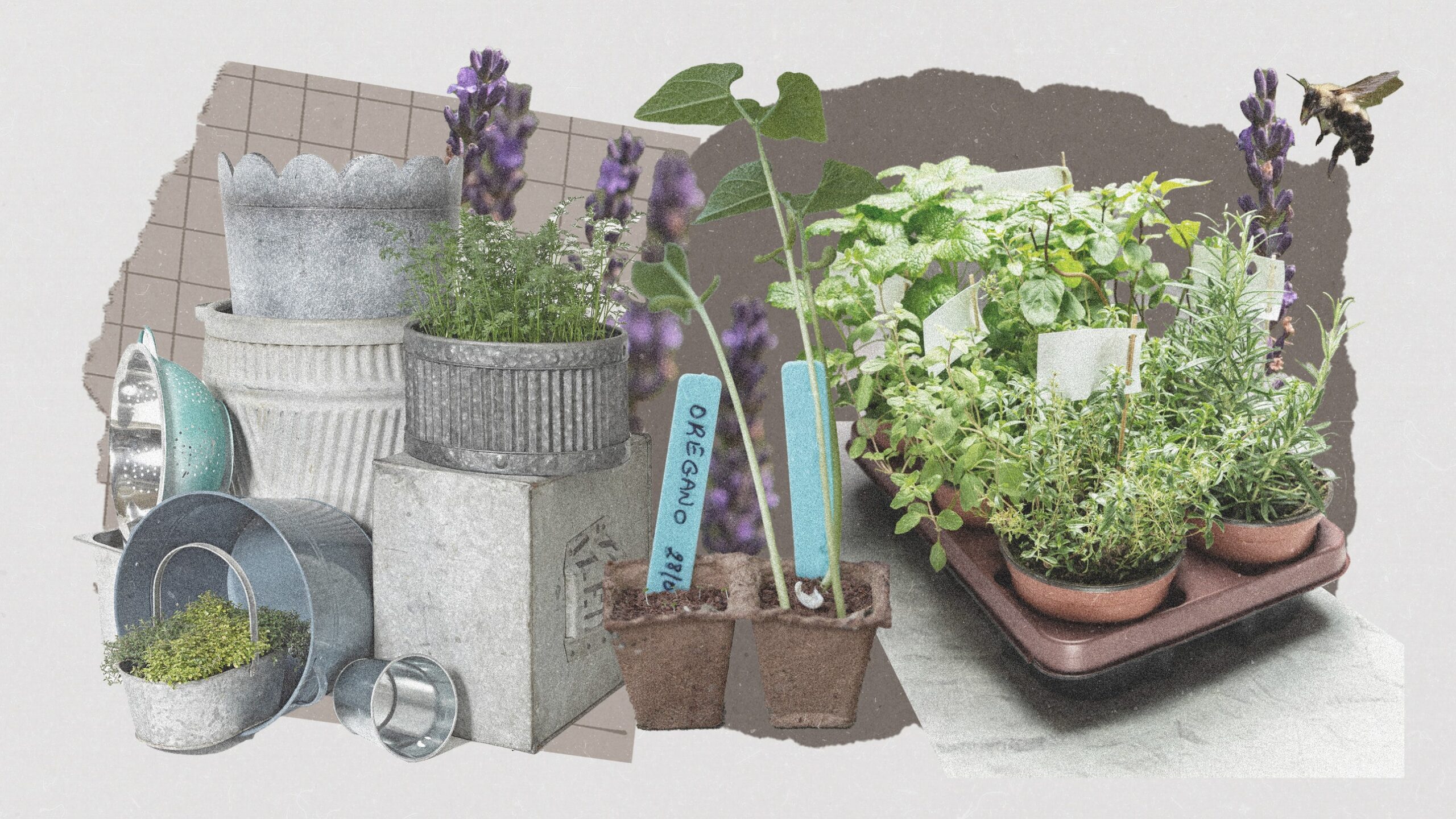You don’t need to wait until you move to that rural Vermont bungalow to embrace your cottagecore fantasies: Why not start a herb garden now? Herb garden ideas are plentiful, and whether you have a sliver of a backyard space, more ample gardening room out back, or even a spare ledge, there’s an herb garden setup that’s suitable for you.
“Herb gardens offer a delightful connection to nature,” says Amy Hovis, owner of Eden Garden Design and Barton Springs Nursery, in Austin. Plus they’re highly practical, providing an array of versatile flavors for both sweet and savory dishes. You could even save money in the long-run by growing your own herbs versus buying overpriced bunches at the grocery-shop.
Perhaps best of all, you don’t need a green thumb to get started. “Herb gardens are wonderful ways for beginning gardeners to develop their skills, as they are less intense and detailed to maintain than, say, a vegetable or cut flower garden,” says Lara Hermanson, co-owner of Farmscape, an urban gardening company in Oakland and Los Angeles, who further notes that these user-friendly plants grow well in many environments and are “cut-and-come-again gardens,” meaning the herbs will regenerate under the right growing conditions.
Ahead, fun and fanciful herb garden ideas to get the garden party started.
How do I start a successful herb garden?
To establish a thriving herb garden, Hovis says to prioritize selecting a sun-drenched location with well-drained soil and consider container gardening for flexibility. You’ll also want to make sure you’re tending a garden tailored to your household: “Choose herbs suited to your climate and culinary preferences,” she says. Be sure to maintain their health with regular watering, spacing, and occasional fertilization, adds Hovis.
Soil matters too. “Start with great organic soil and compost. Healthy herbs are the result of healthy soil, so don’t skimp on quality soil amendment. Next, get a wide pot or planting bed,” says Hermanson, who advises using a half wine barrel from the nursery, a 4″ x 4″ raised bed or something roughly that size. “From there, pick a variety of woody and soft-leaved herbs, along with one-to-two edible flowers,” she says.
Hermanson would be remiss if she didn’t mention the old design adage of “thriller, filler, and spiller” since she deems it an oldie but a goodie for a reason. “A tall, interesting herbal plant like a petite Thai lime tree (you eat the leaves, not the fruit) is a great centerpiece followed by bushy herbs like purple basil and trailing plants like lemon thyme; [they make] a striking combination for a patio or backyard and leave room for everyone to play nicely together,” she suggests as a sample trio.
What are the easiest herbs to grow?
If you think you have a brown thumb, consider this to grow herbs like a pro: “Mint, oregano, and thyme can be harder to kill than they are to grow,” says Will Conway, farm director at Wildflower Farms in Gardiner, New York. Conway also shares that summer basil is an approachable herb to grow. Adding to that list, Hovis comments that chives and parsley are similarly known for their resilience “and abundant yields.”









